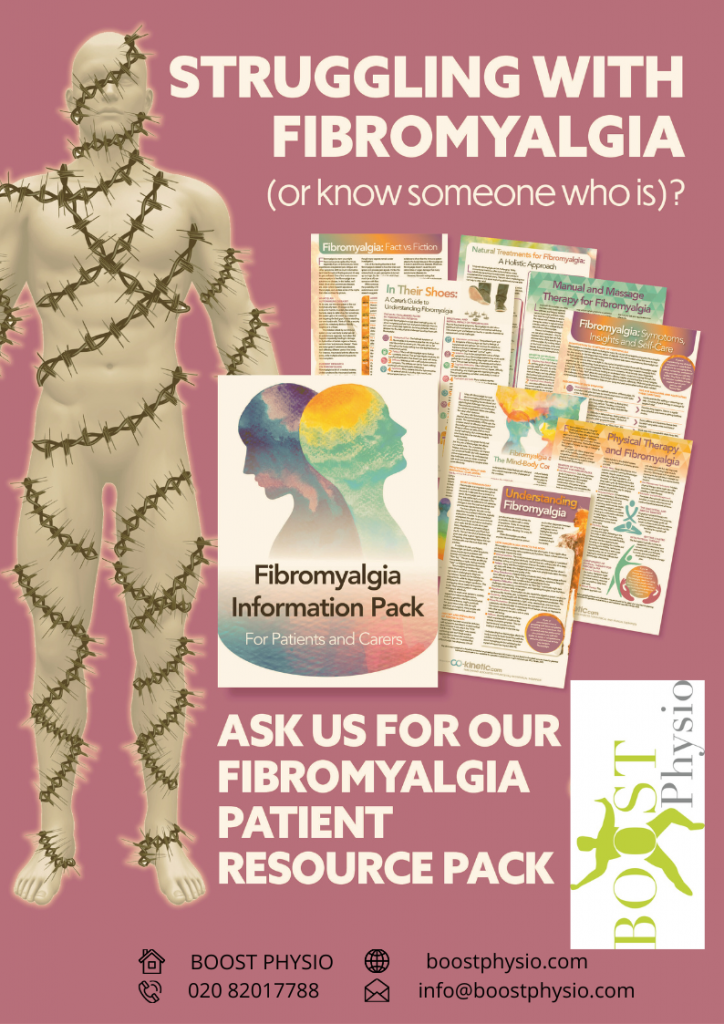Fibromyalgia is a long-term condition that causes pain and tenderness throughout the body. Unlike pain from a bruise or a sprain, fibromyalgia pain doesn’t originate from any visible injury or damage to the body. Instead, it’s believed to be related to changes in how the brain and spinal cord process pain signals from the nerves.
For many people, the pain can be described as a constant dull ache, typically arising from muscles. To be considered widespread, the pain must occur on both sides of your body and above and below your waist. But it’s not just about pain. Many describe it as a pervasive fatigue, similar to the exhaustion you’d feel from the flu. This isn’t the kind of tiredness that goes away after a good night’s sleep; it’s a lingering, incapacitating fatigue that can interfere with even the most basic daily activities.
Strategies To Help Fibromyalgia
10-strategies-to-help-fibro-symptomsIn addition to pain and fatigue, fibromyalgia can lead to other symptoms. Some people report problems with thinking and memory, often referred to as “fibro fog.” This can manifest as difficulty concentrating on tasks, feeling mentally “hazy”, or forgetting simple information.
Fibromyalgia’s symptoms often mmimic those of other conditions, which
can make it challenging to diagnose. For instance, its pain can be mistaken for osteoarthritis, while its fatigue might be attributed to chronic fatigue syndrome. This overlapping nature means it’s important to get diagnosed properly in order to start managing it effectively.
While the exact causes of fibromyalgia remains a mystery, physiotherapists work together with their patient to help manage pain, improve function, fitness and mobility using a range of tools and strategies.
physical-therapy-for-fibromyalgiaError: No feed found.
Please go to the Instagram Feed settings page to create a feed.
